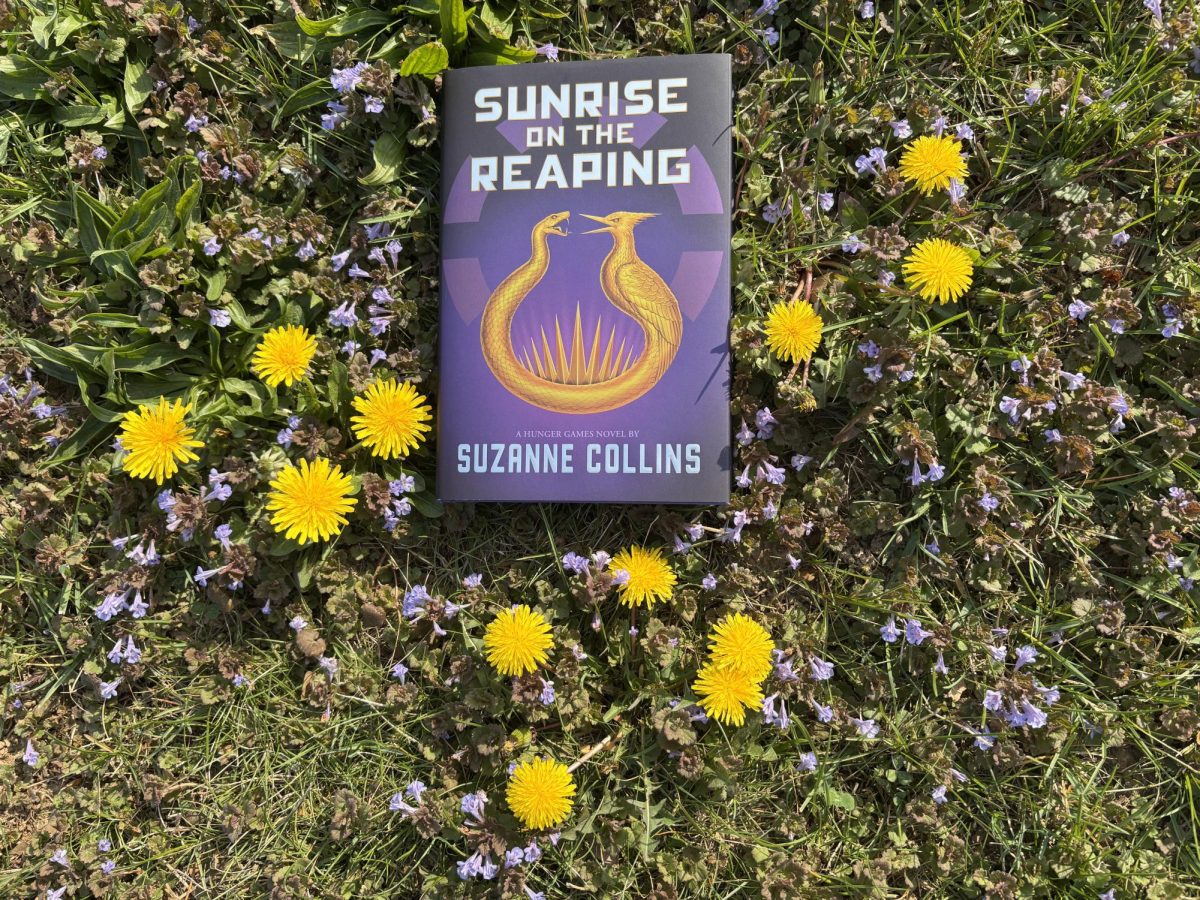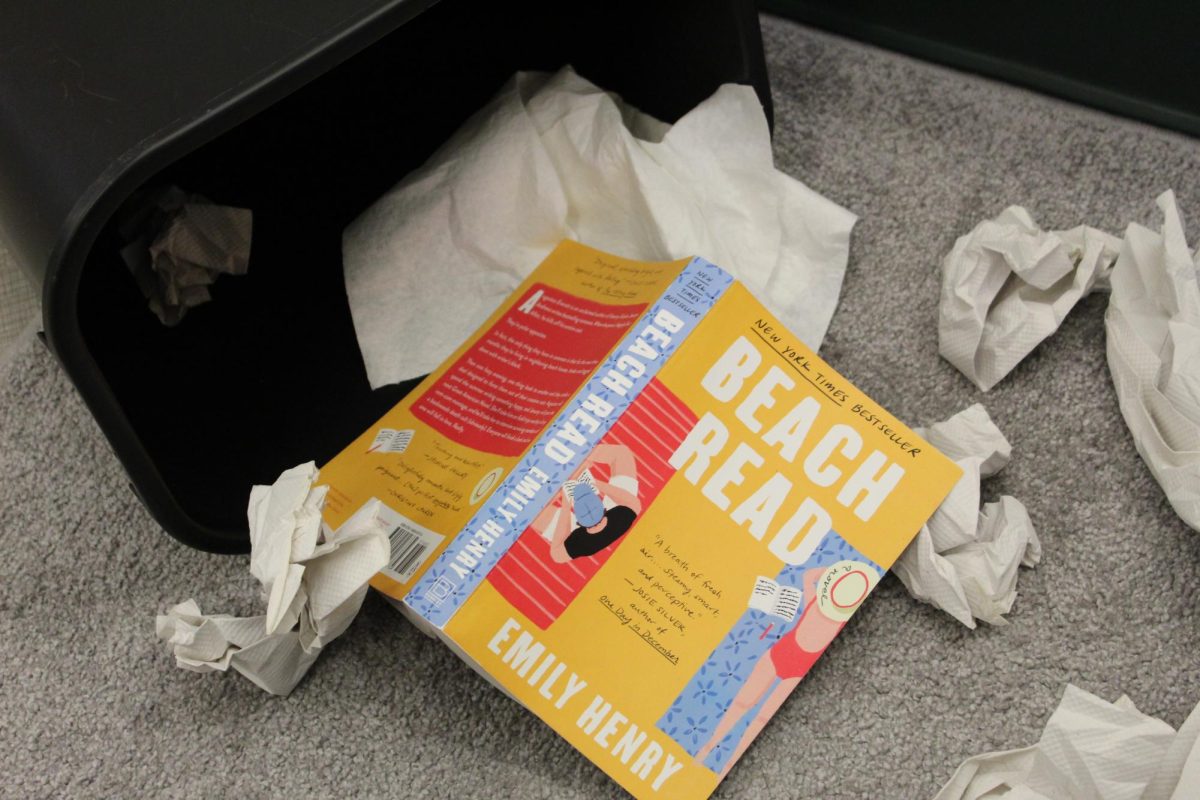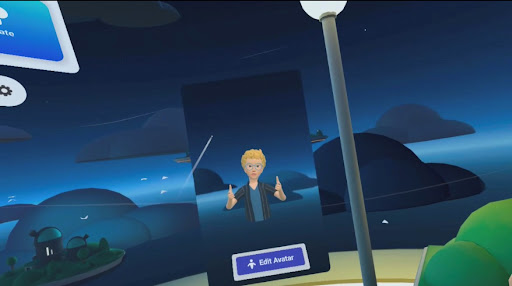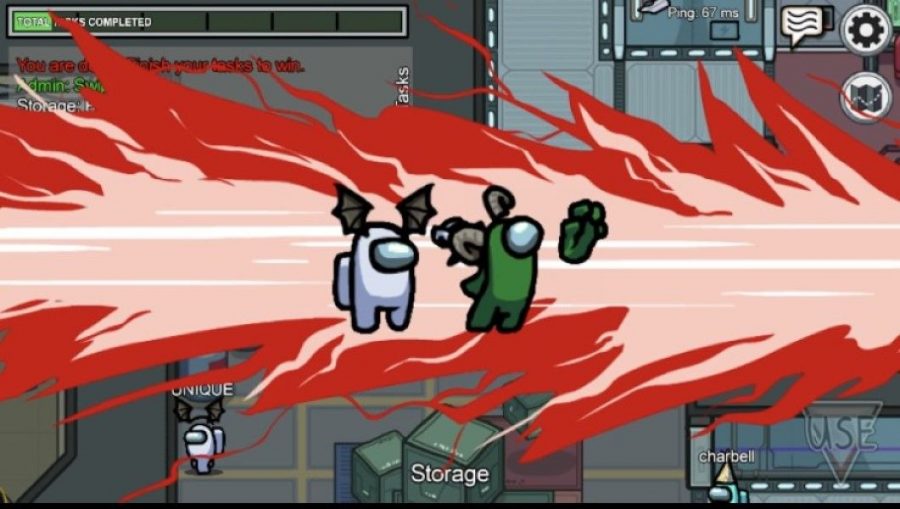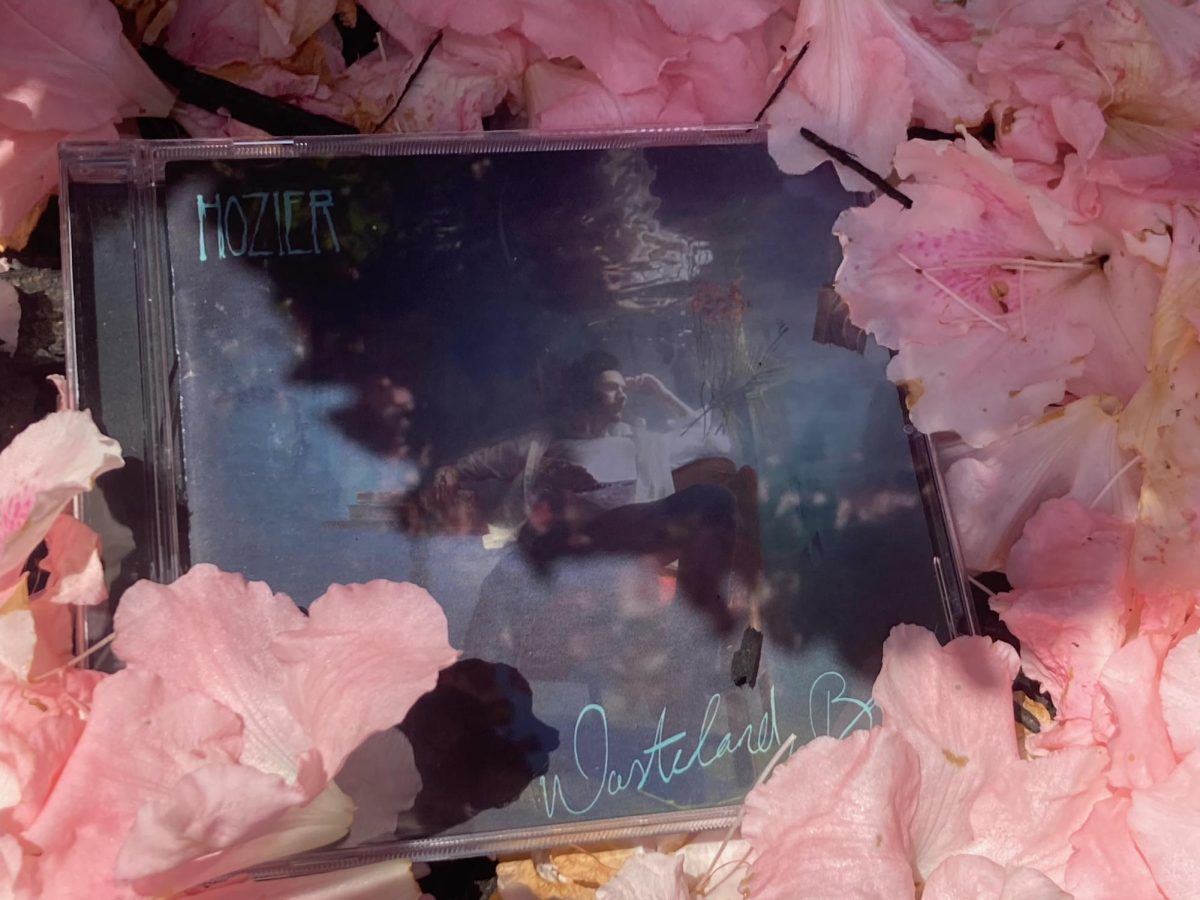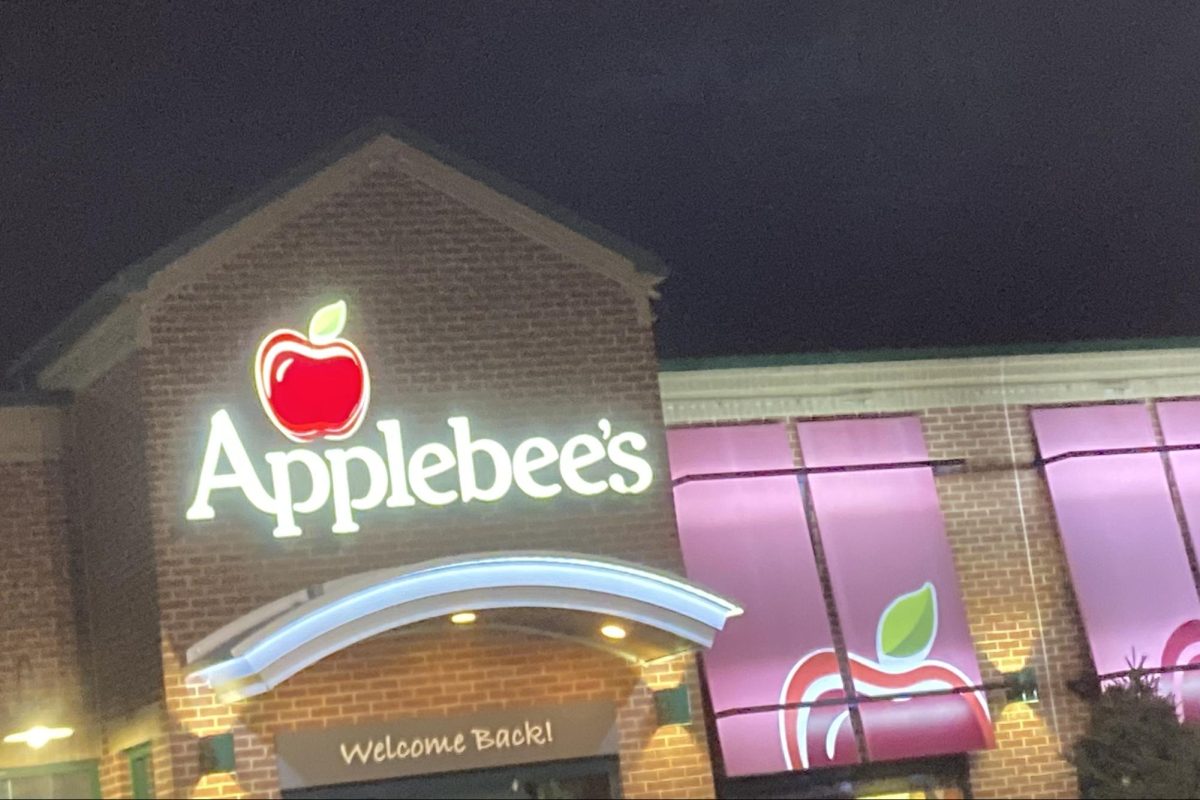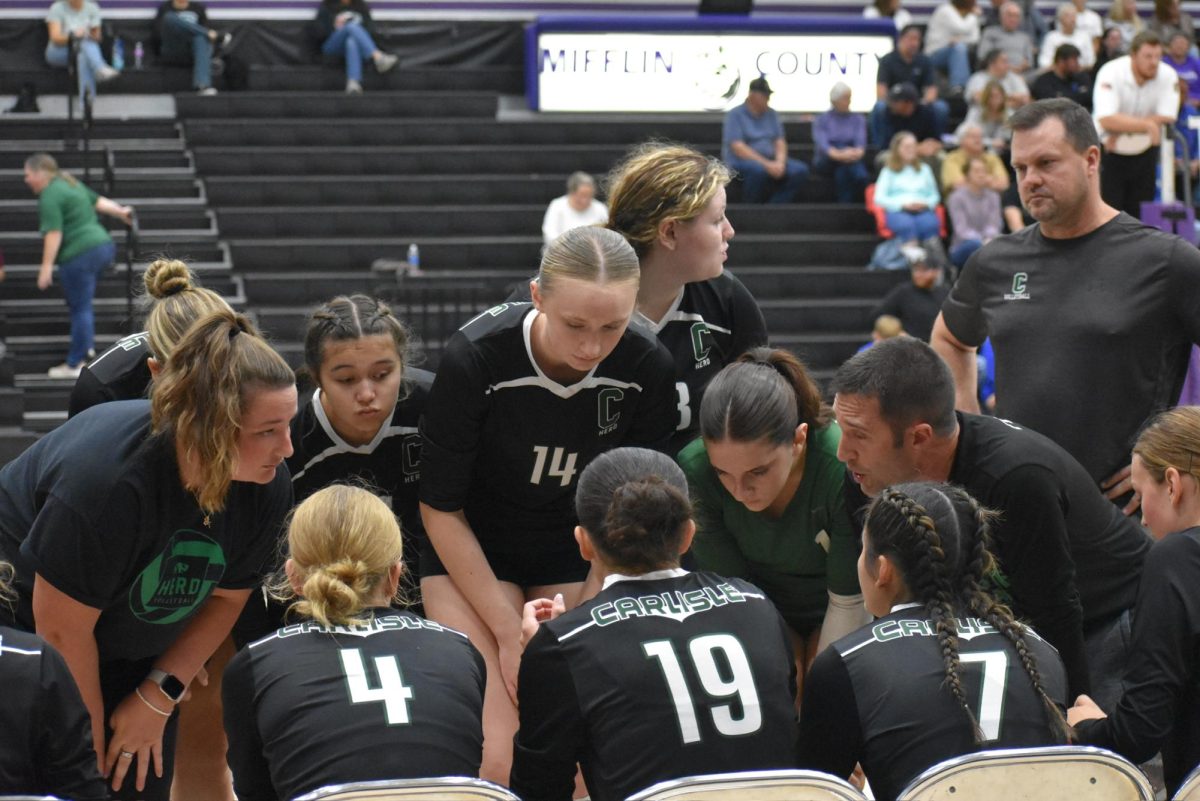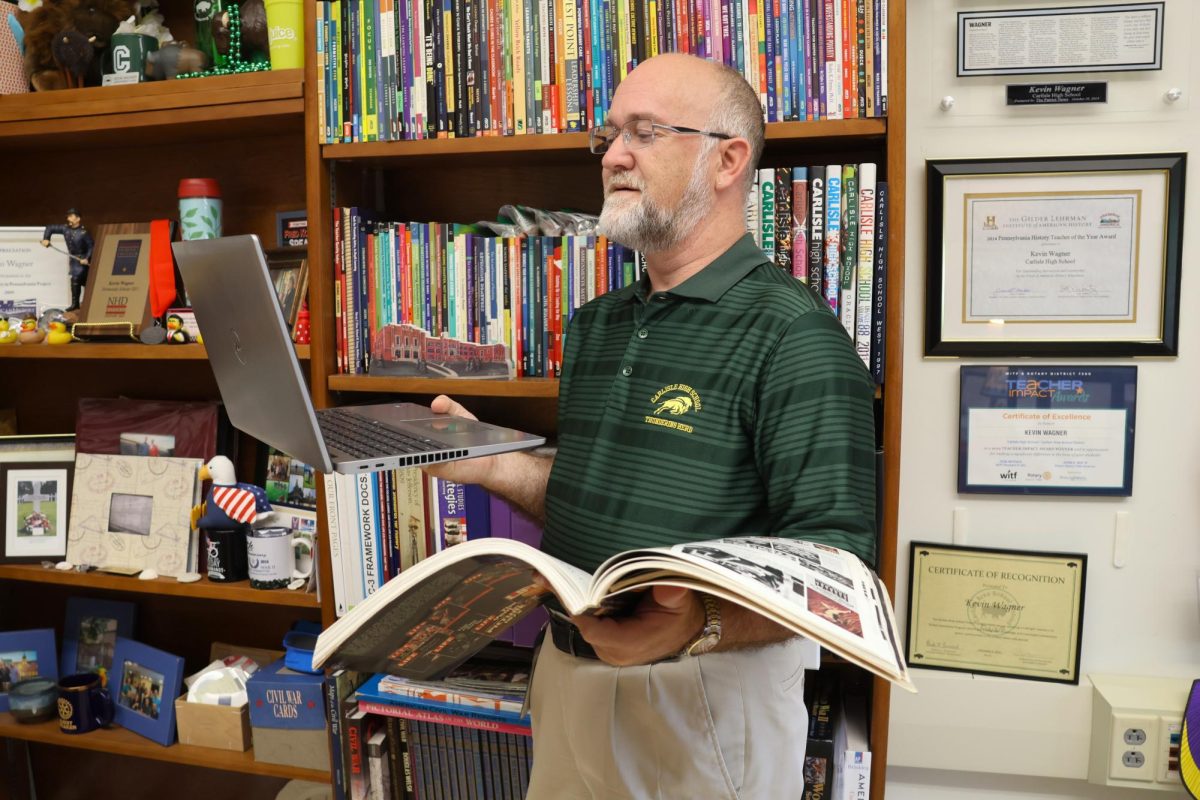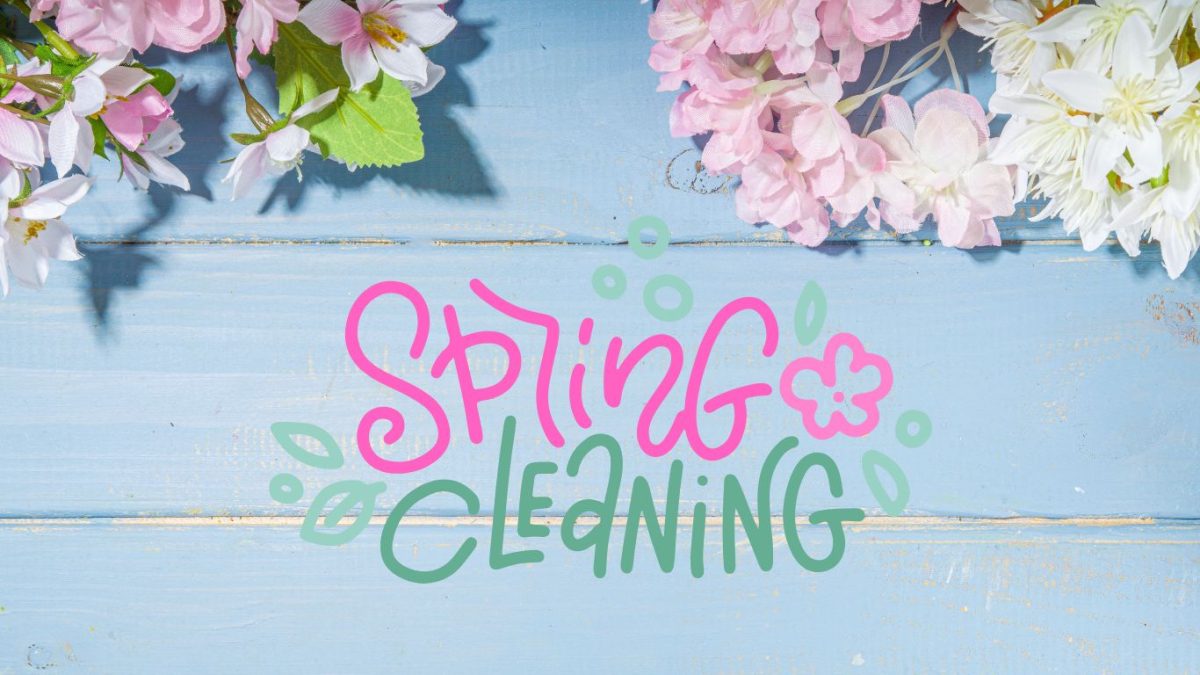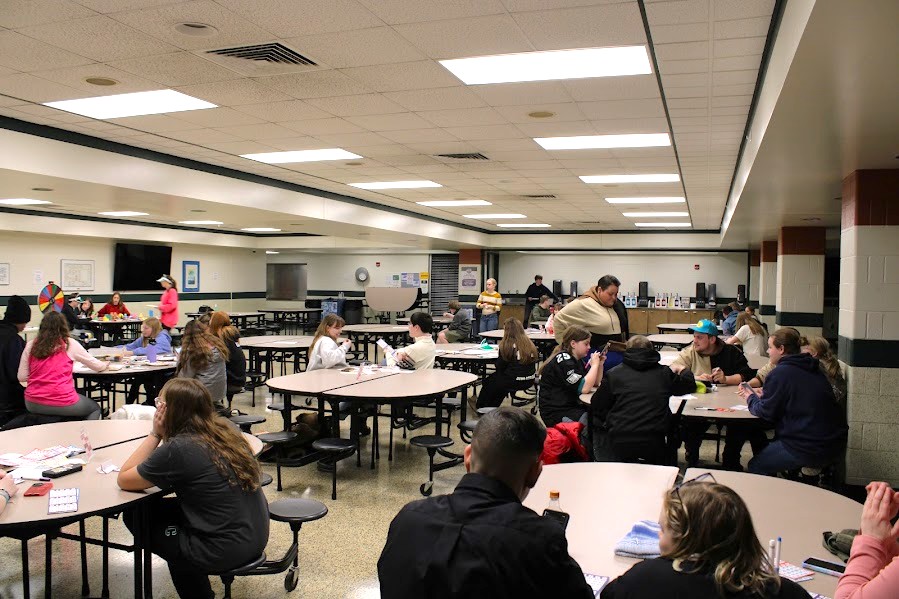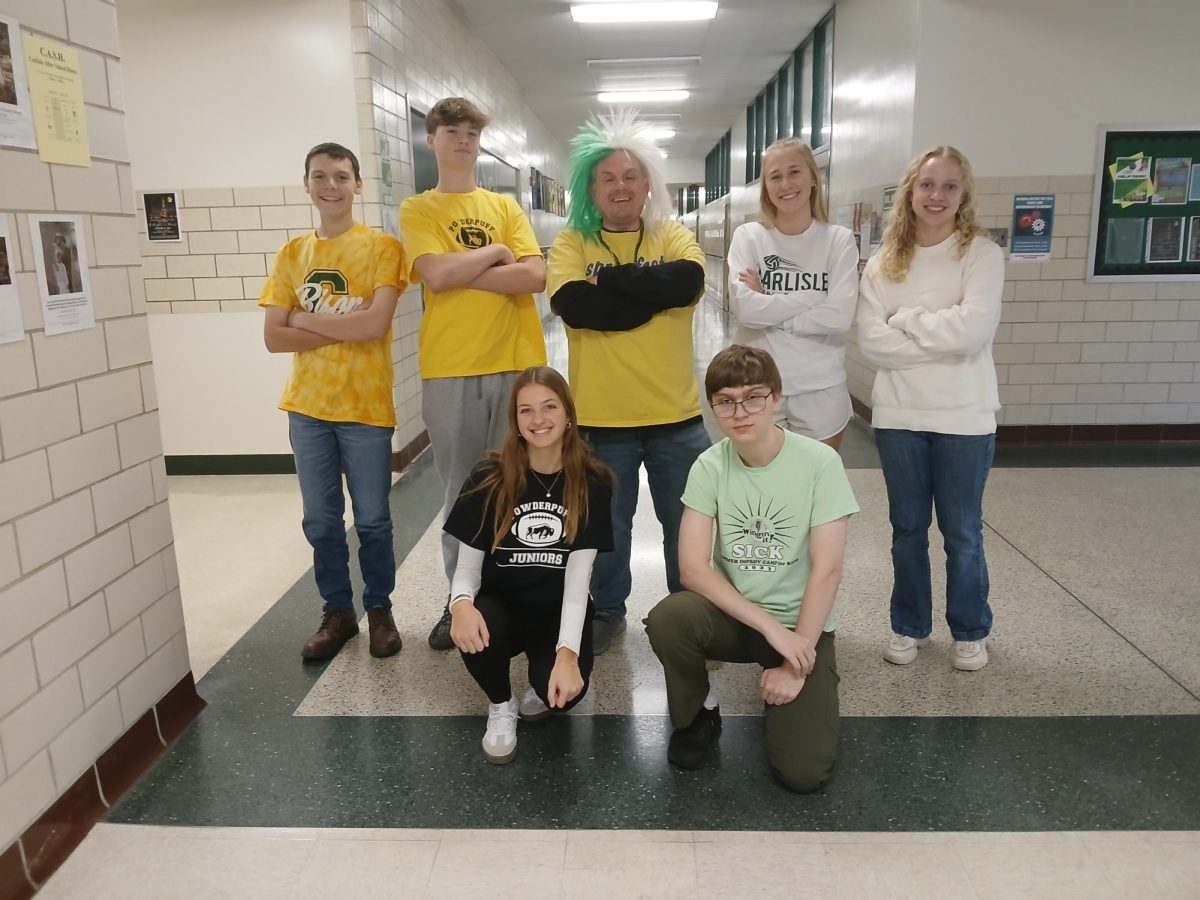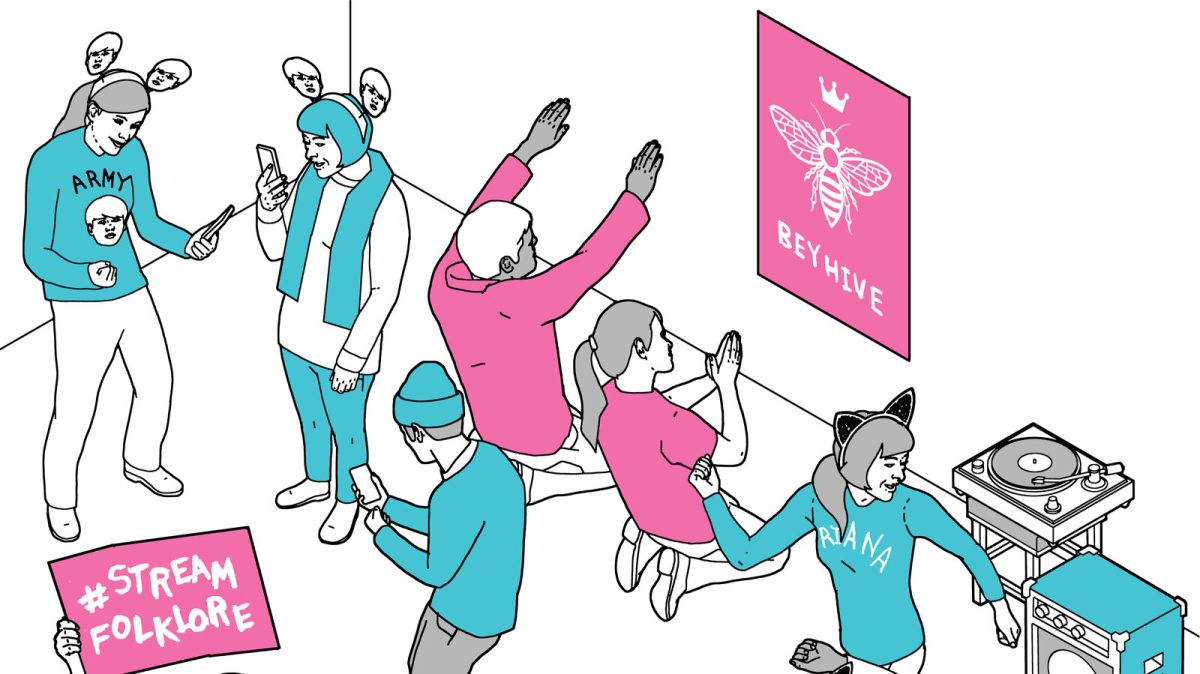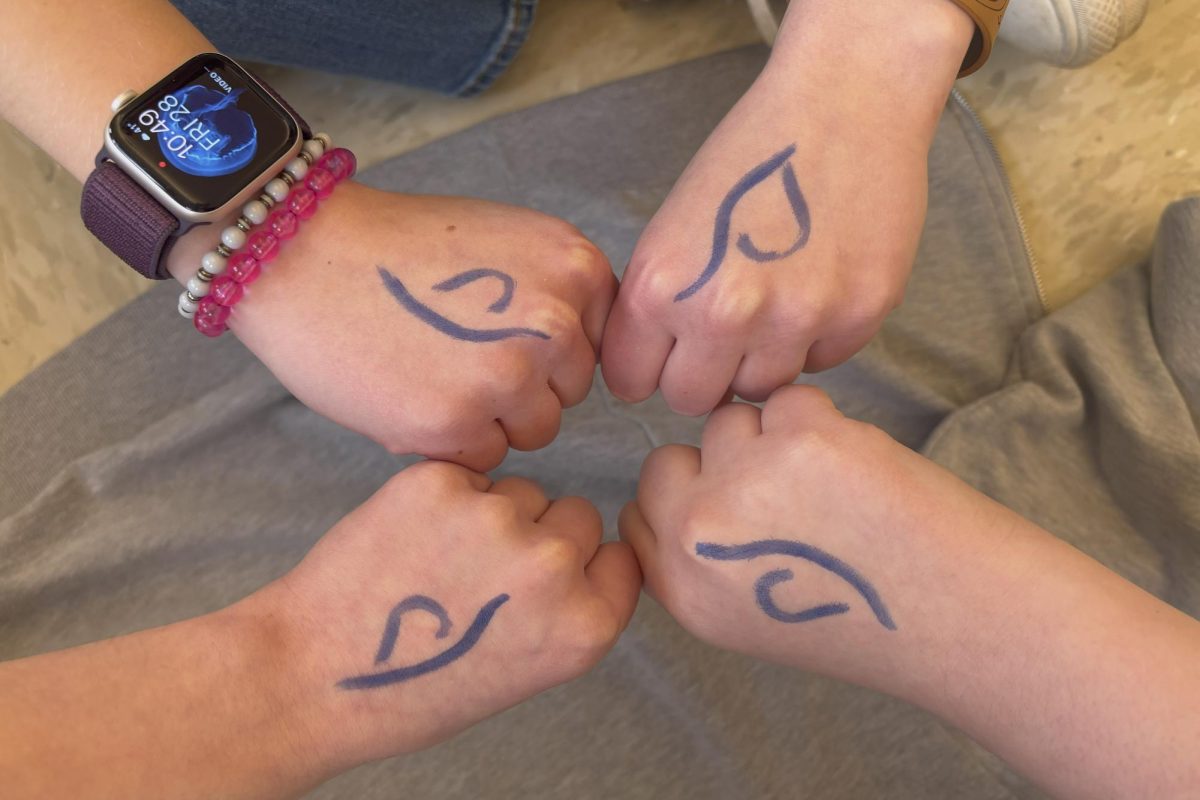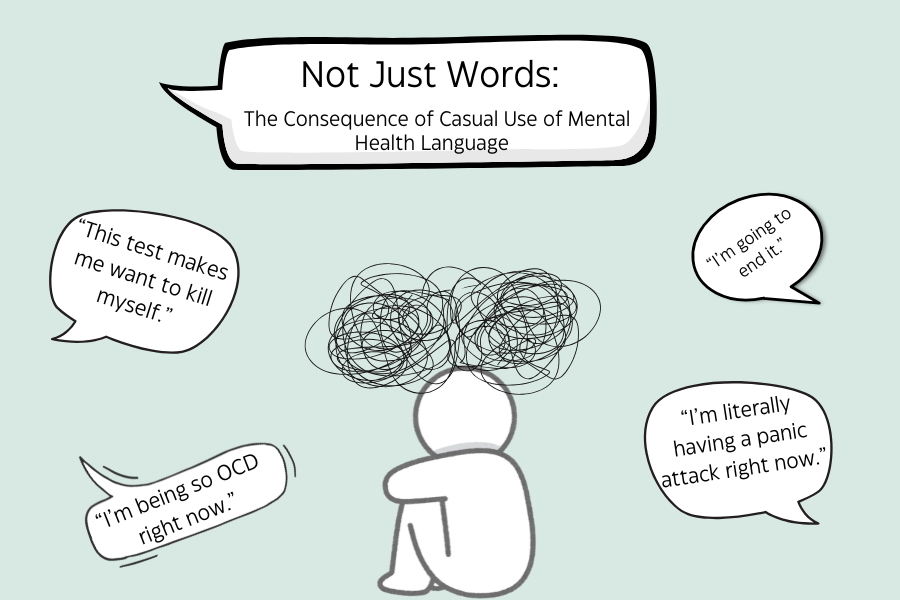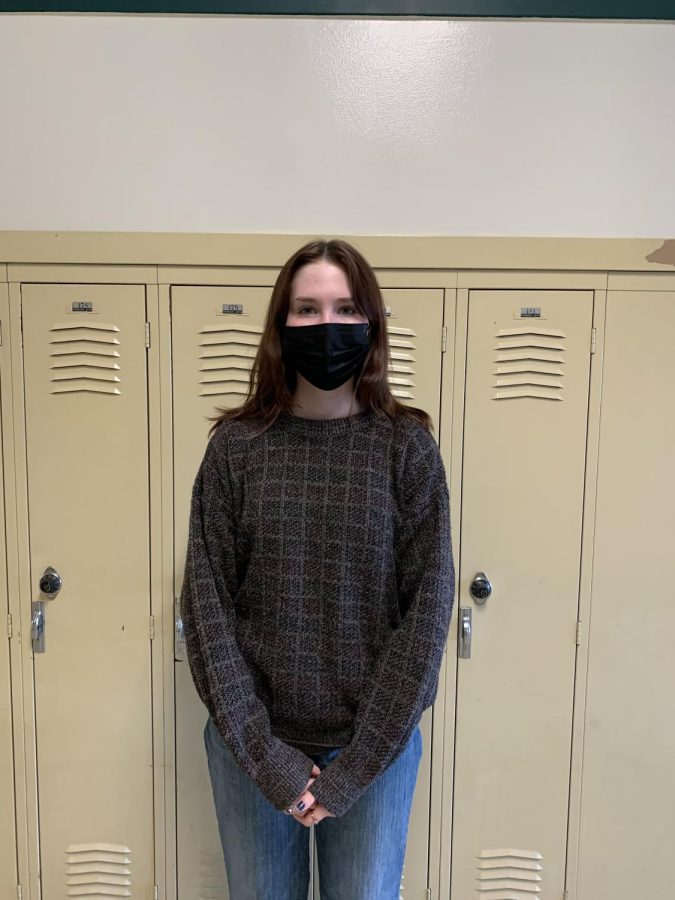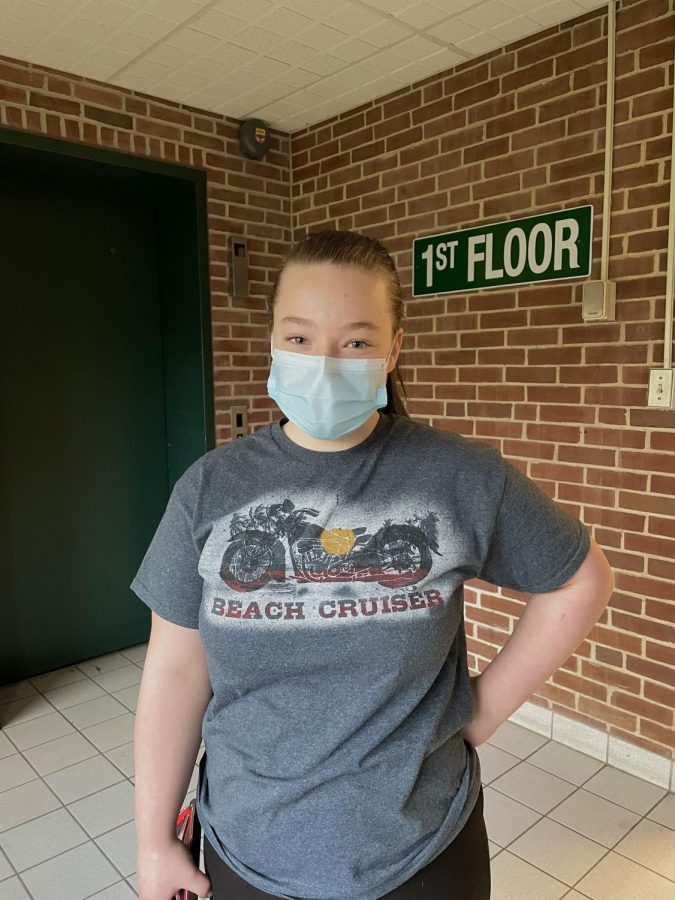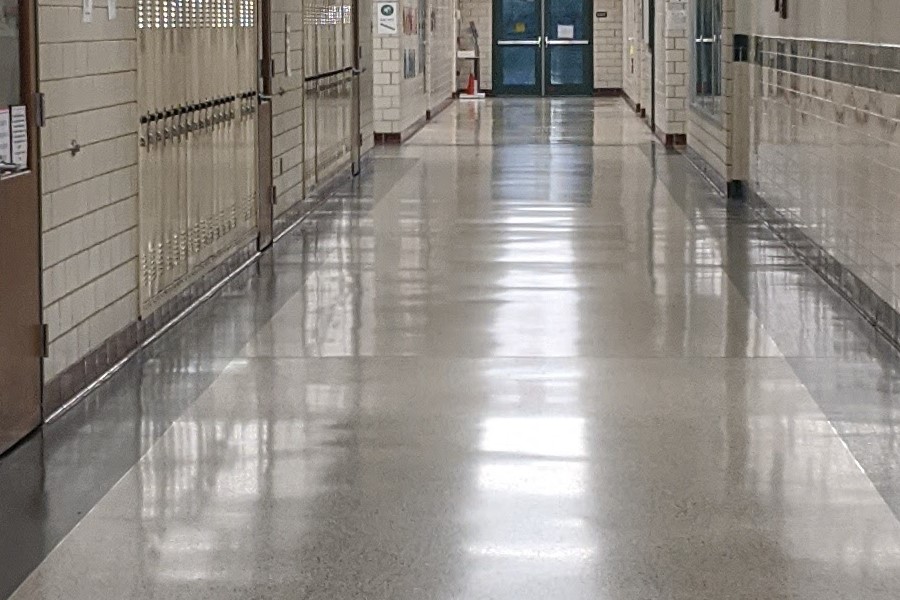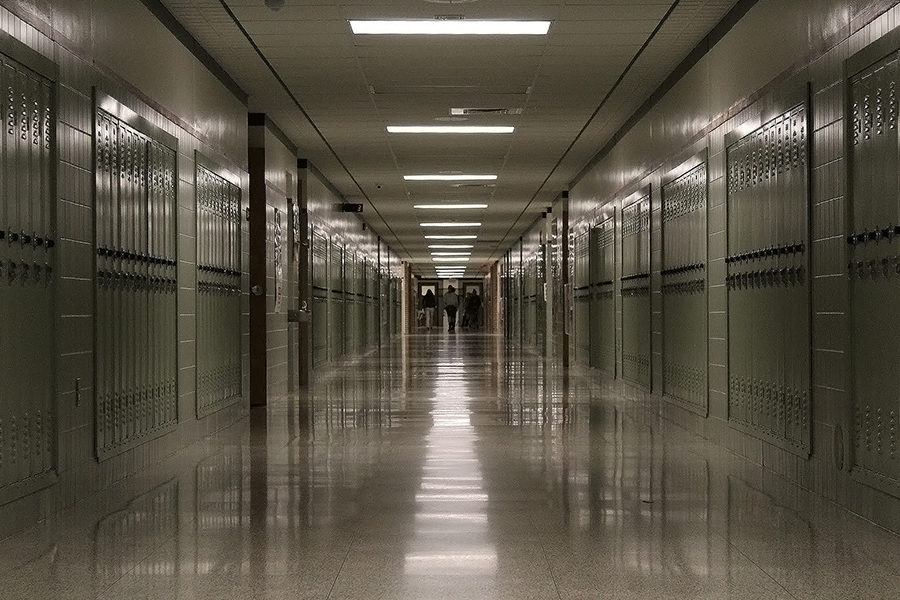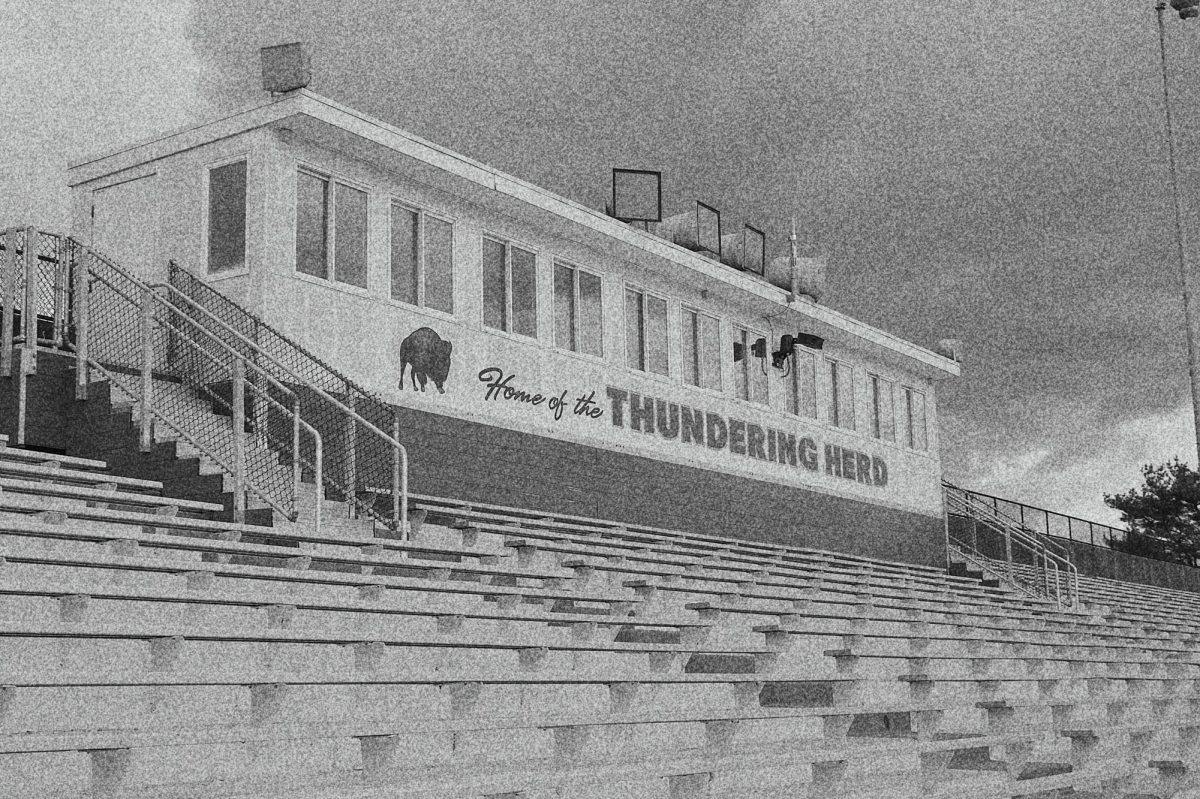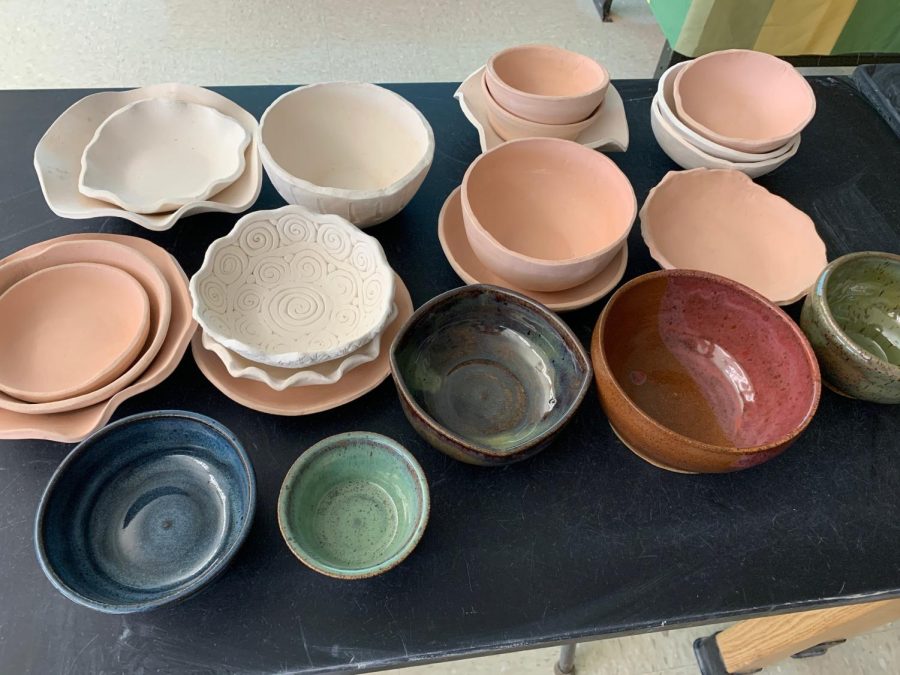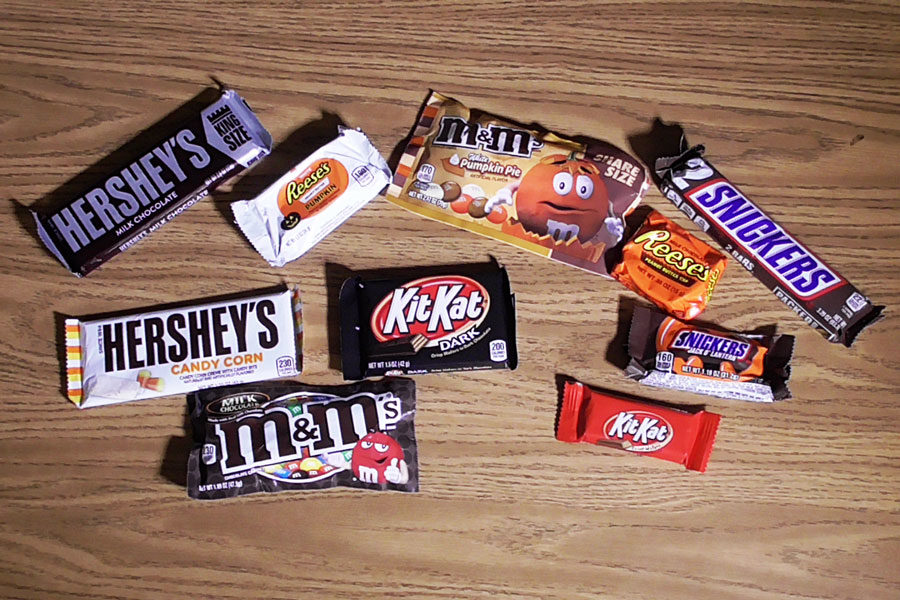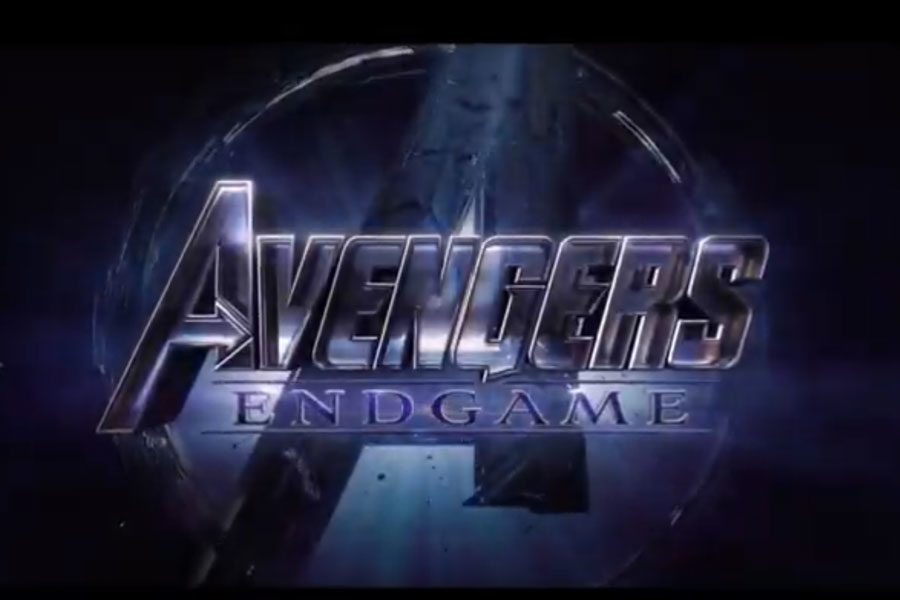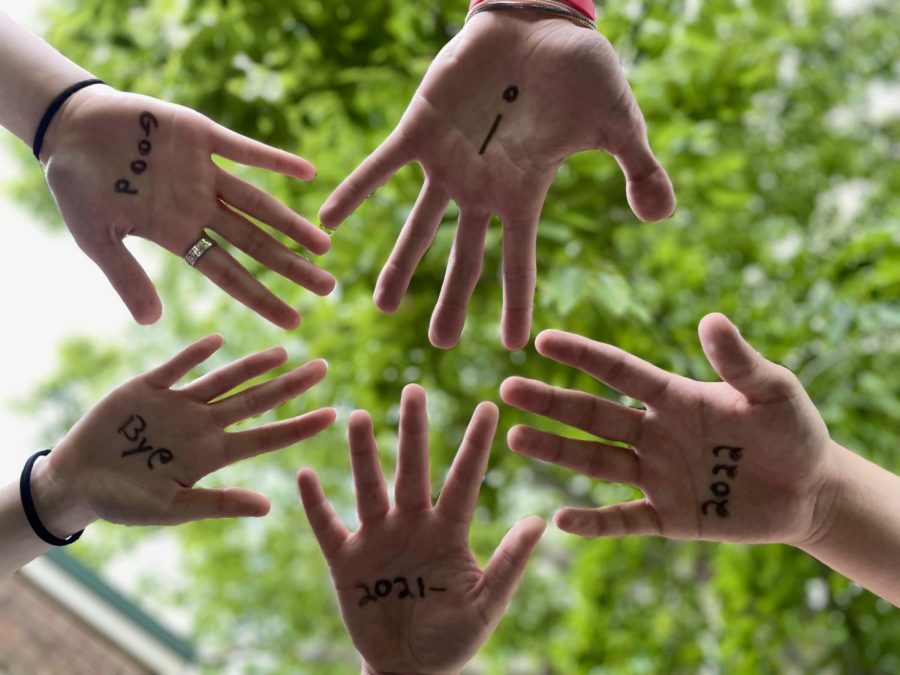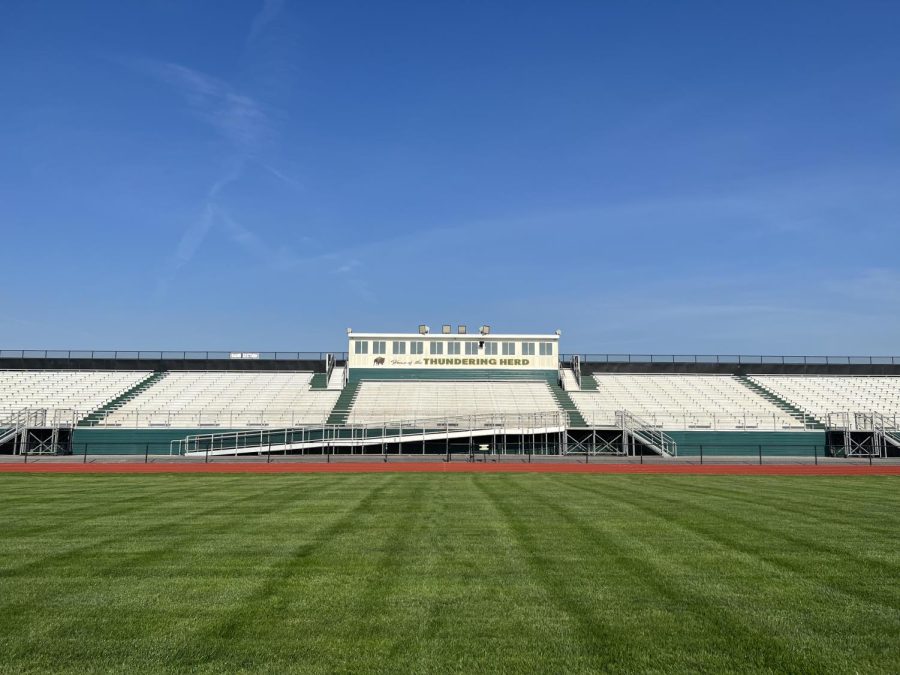Coral reefs provide homes for 25% of ocean biodiversity, that is an estimated 4,000 species that call a coral reef their home. For these numerous species, only 0.2% of the seabed surface is covered by coral reefs, and that has been declining. Luckily, the use of concrete and ashes helps to save the lives of sea creatures and, people have the opportunity to flood reefs with those materials by choosing a coral reef as their eternal home for deceased loved ones.
Coral reefs have been declining for years. Since 1957, we have lost more than 50% of the coral reefs. These reefs are extremely important, they provide ecosystems for marine life, protect coastal areas by cutting down the power of waves, and provide people with food and help them make an income for themselves.
The death of coral reefs would be detrimental to not only the sea life depending on the reefs, but also for our society. Local fishing industries and tourism would decline due to the loss of thousands of species. Along with a loss of 375 billion dollars annually. Thousands of people would lose their jobs and families would suffer.
The bleaching of coral reefs is the main way a reef can die. There are many events that can lead to the ‘bleaching’ of coral reefs– when the reef turns white and begins to decay. These include stress to the reefs, change in temperature, lighting, and nutrients, and warmer water. When these things happen the reefs expel a symbiotic algae that then causes it to turn white. Bleached reefs can recover, but once bleached they become weak and simple things like a small sea storm or changes in the water lead to the reef eroding with no chance of revival.
Artificial coral reefs allow humans to take this problem into their own hands. Activists have started projects to help save coral. These artificial reefs date back to the 17th century in Japan. When rubble and bamboo sunk and began the growth process of kelp. In the United States, the earliest recorded artificial reef was made in the 1830’s. It is recorded that off the coast of South Carolina logs were used to improve fishing.
Now, people are using this idea to save the oceans and protect the planet. Several organizations have started to help the oceans gain back the coral that they lost. The Concrete Substrates for Accelerated Coral Restoration is a project started in the southern Philippines more than 10 years ago that has reported growth in coral reefs from their artificial reefs.
Many artificial reefs are made of concrete. The Calcium Carbonate in concrete allows for the biologically friendly growth of coral. Coral reefs contain up to 38% of calcium carbonate, this makes growing off of concrete so easy. These reefs help to protect and provide habitats, improve scientific research, and increase marine life populations.
People are opting to make their ashes into a coral reef to help the project grow. Eternal Reefs is an organization started in the 1980’s that turns concrete and ashes into a beautiful reef. They make the reef molds as functional as possible, leaving holes and a round shape, attempting to mimic the natural look of a reef. Many people deeply care about making an impact in their life, but some have the goals to make an impact after their life. Turning the ashes into reefs is said to be a way of keeping the legacy of loved ones.
These artificial reefs are actively helping scientists and researchers understand and develop new ways to help conserve our oceans. These reefs have provided homes and saved ecosystems, revolutionizing the way we can help protect and save marine life around the world.






